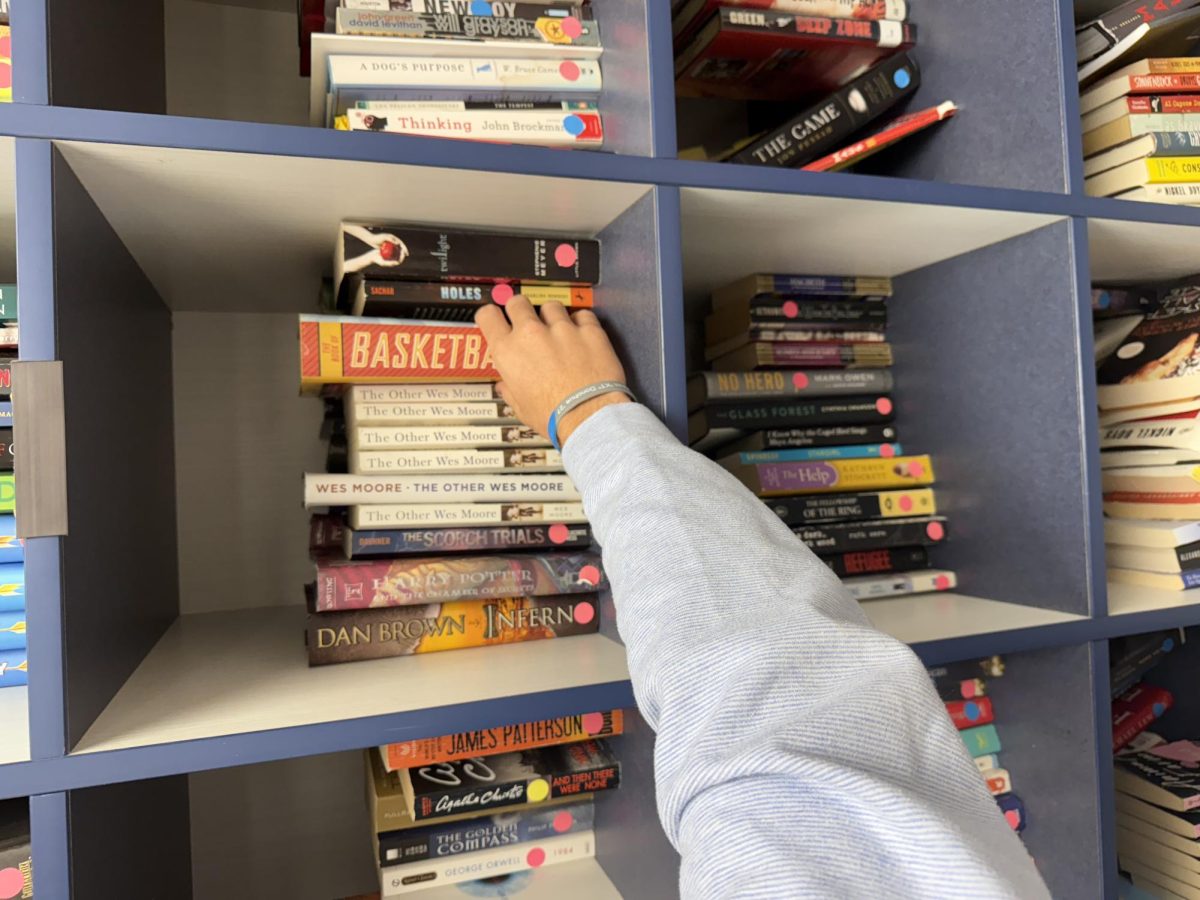Students and teachers have mixed reactions to the first round of written performance updates replacing quarter grades.
When performance updates went live for students and parents to read during the first week of November, some students were impressed by the feedback—while others missed the system of quarter grades.
According to an email sent to parents in mid-October, the performance updates were designed to provide “information that extends beyond MyMalvern.” Teachers were expected to write KiSH (kind, specific, helpful) feedback for each student, replacing a letter or number grade at the end of the first quarter.
Senior Danny Taylor did not think his quarterly reports were helpful, however.
“They didn’t help me too much. I feel like teachers wrote such similar summaries for everyone. They didn’t really describe me as a student truthfully,” Taylor said.
Freshman Rayce McCool also said that he thought many of his transcripts were similar. “I talked to my friends, and they said that theirs were different than mine, but some were a little bit of the same thing,” he said.
McCool thinks that a return to a system with quarterly grades would be better than Malvern’s new move to performance updates.
“I think grades every quarter would be better,” he said. “Your grades show your participation in class already.”
Taylor also wants quarter grades to return.
“I would of made sure I have the best grades possible because I know colleges would see them. With semesters, I didn’t make sure my grades were perfect due to the fact that it didn’t end until right before Christmas,” Taylor said.
Senior Patrick Sayers says that he has mixed feeling about the performance updates.
“I don’t mind it,” he said. “It puts less pressure on the students if we get a rough start, we have the whole semester to catch up rather than just the end of the quarter.”
Sayers also said that while many of his classmates are concerned about how this will affect their college applications, he isn’t worried.
“Some colleges asked for quarter grades for students applying,” he said. “There was a bit of a shock to students who thought the schools wouldn’t see those grades until after the decision had been made, but really it didn’t affect me much during applications.”
While some parts of performance updates made sense to Sayers, there is one thing he would change.
“I would take away the requirement for a suggestion on how the student can improve,” he said. “For some classes it made sense, but for others, it felt canned and forced.”
Some students reported that teachers’ notes seemed copied-and-pasted from student to student. Sayers did not report this problem.
“I believe most of my teachers did send individual messages,” he said. “But I heard of some students finding they had identical ones.”
Ninth Grade Academy leader Mrs. Susan Giordani thought that the first run of performance updates went well. “The feedback we got was great,” she said. “The parents loved that personal touch, they felt the teachers really know the kids.
Giordani says that having performance updates is “absolutely” better than quarterly grades because students feel validated and they know why they did things wrong.
“It’s like if I gave you a paper, and I would say you got an ‘A’, you’d have no idea why you got an ‘A’,” she said. “Or if you got a ‘D’, and there’s no feedback, does that give you any inclination of what kind of student you are? But if I was to give a detailed script … that would be much more beneficial.”
Giordani said that the feedback she got back from teachers was mixed.
“It’s a lot to write [that much, but] I think the teachers liked doing it,” she said. “Overall, the feedback that I got has been pretty positive.”
Giordani says that she doesn’t yet know how performance updates will evolve over next few semesters.
“There’s all kind of possibilities and different ways you can give feedback,” she said.







